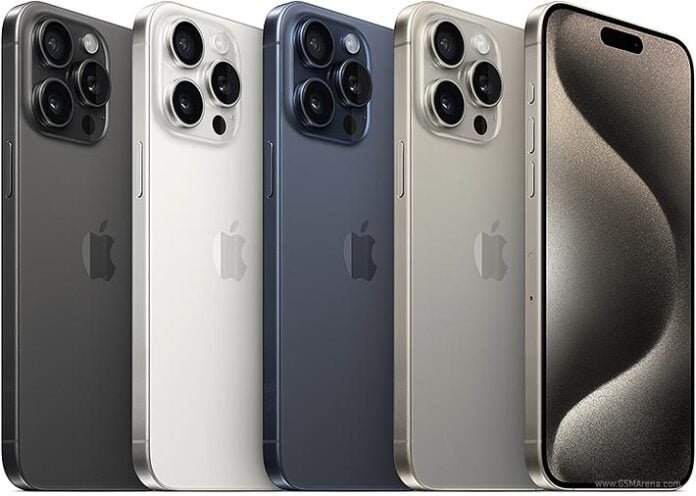If you’re planning to buy a new iPhone, you may want to act fast. U.S. President Donald Trump’s latest move to intensify tariffs on China could significantly impact the cost of Apple products — especially iPhones — for American consumers.
What’s Happening?
In a bold move, President Trump has announced new reciprocal tariffs aimed at countries he claims have been unfair to the U.S. trade system — with China once again in the crosshairs. The latest policy includes a 20% base tariff, already in effect, plus an additional 34% tariff on imports from China, bringing the total to a staggering 54%.
This is a major issue for Apple, which relies heavily on China as a key manufacturing hub for its flagship iPhone line.
What It Means for iPhone Buyers
Analysts warn that if these tariffs stay in place, iPhone prices in the U.S. could skyrocket by over 40%. For example:
iPhone 16 (base model):
Current Price: $799
Expected Price with Tariffs: $1,142
iPhone 16 Pro Max:
Current Price: $1,599
Expected Price with Tariffs: $2,300+
The increase isn’t just speculation — it’s based on projected manufacturing cost hikes, which Apple may be forced to pass on to consumers.
Apple’s Dilemma: Pass It On or Take the Hit?
During his first term, Trump had imposed tariffs but had made exceptions for Apple. This time, however, no such exemptions are in place, and Apple is caught between two costly decisions:
Pass the extra cost to customers, potentially pricing the iPhone out of reach for many.
Absorb the increased costs, which could hurt the company’s margins significantly.
Either way, it’s a lose-lose situation — unless Apple finds a workaround.
A Shift to India and Stockpiling Strategy
In anticipation of trade tensions, Apple has reportedly been diversifying its manufacturing base, ramping up iPhone production in India. Additionally, the company has stockpiled units already imported from China and other countries, temporarily shielding customers from immediate price hikes.
However, this buffer won’t last forever. Once the current stock runs out, and unless the tariffs are reversed, consumers may begin to feel the pinch later this year.
What Should You Do?
If you’re looking to buy a new iPhone in 2025, consider purchasing sooner rather than later.
Keep an eye on Apple’s pricing strategy — a sudden hike could indicate stockpiled inventory has run dry.
Watch for Apple announcements about shifting manufacturing or pricing changes in response to tariffs.
